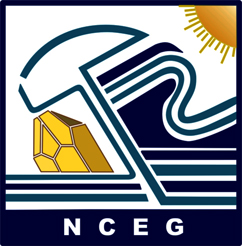Sustainability and Impact of G-SAG Lab
The proposed G-SAG lab aims to utilize the GIS techniques, remote sensing data and instrument-based field data to assist in the mitigation of natural hazards; and exploration and sustainable utilization of natural resources including minerals, water and forest resources.
The derived results from geohazards assessment shall lead to geohazards (landslides and earthquakes) hazard assessment, identification of vulnerable infrastructure and induced risk to the economy and human lives. The derived results from proposed research shall be utilized by the concern agencies including National Highway Authority (NHA), Frontier Work Organization (FWO), National Disaster Management Authority (NDMA) and Provincial Disaster Management Authorities (PDMAs), policymakers and public to understand and mitigate the negatives impacts of landslides. The results should also assist in developing and implementing policies for geohazards mitigation. The developed microzonation maps shall assist the government agencies to update the seismic codes of Pakistan and implement the earthquake mitigation measures to minimize the earthquake-induced negative impacts.
Pakistan is blessed with mineral resources, however, due to lack of modern technology, data and capacity these resources are not utilized to its potential. The lab shall develop a more effective and efficient methodology for more detailed and precise lithological mapping for 70 relevant organizations such as the Geological Survey of Pakistan (GSP). The seamless and more detailed lithological map developed in this lab shall assist to understand the tectonic settings, hydrocarbon resources and geohazards. The developed mineralized zones maps shall provide the preliminary information of the selected mineral resources including their distribution and characterization to attract investment in the mineral sector and eventually mineral exploration in the country.
The water resource dynamics research proposed in the G-SAG shall be helpful for relevant agencies to identify water stress areas through vegetation–hydrological cycle correlation for improved Agricultural Productivity. It should help to plan for groundwater abstraction control strategies and assist the policymakers in groundwater resource management.
The forest resources dynamics and characterization in the lab shall also assist to evaluate the current forest resources, trends and recommendations for sustainable utilization of forest resources. The lab should assist the Government campaign for afforestation across the country in evaluating the progress of completed plans, monitoring the growth of ongoing projects and recommending sites for new plantation.


